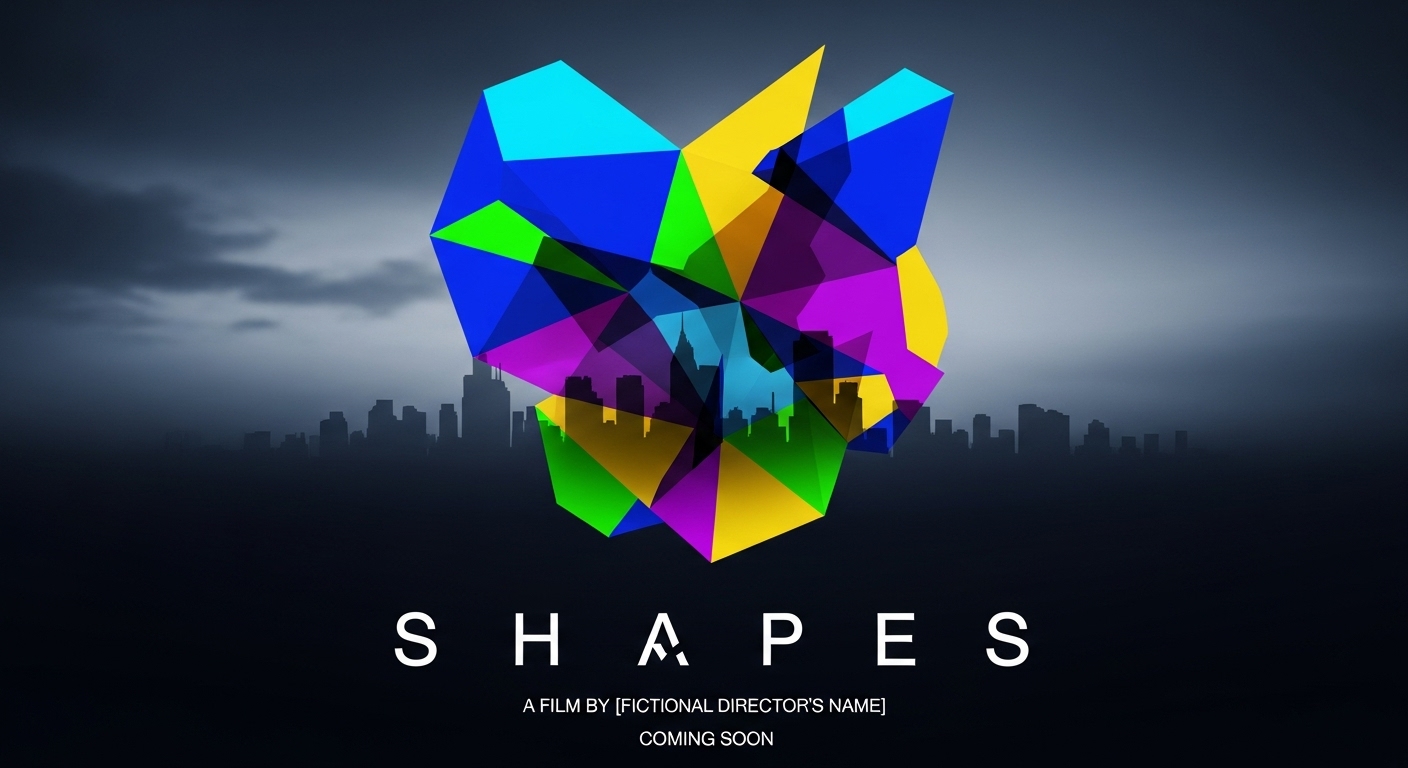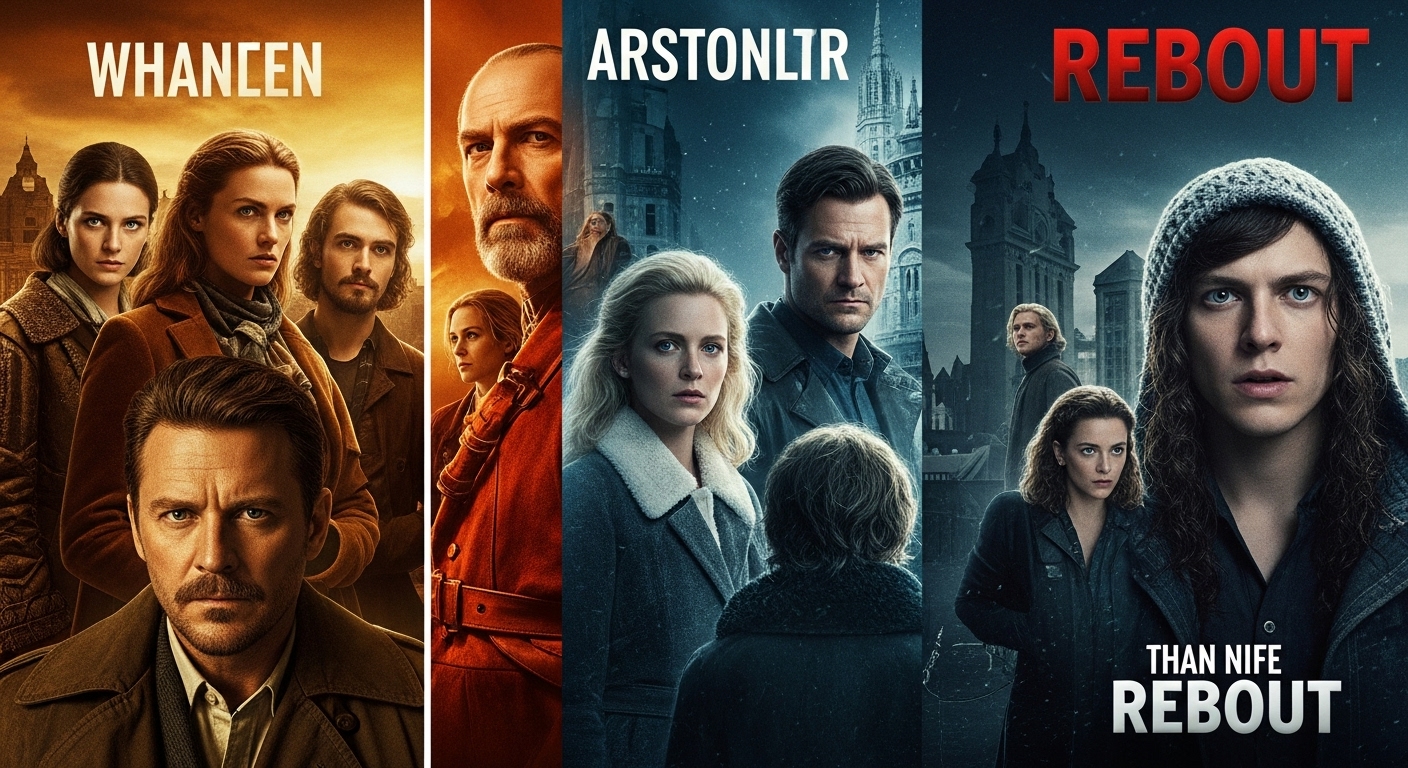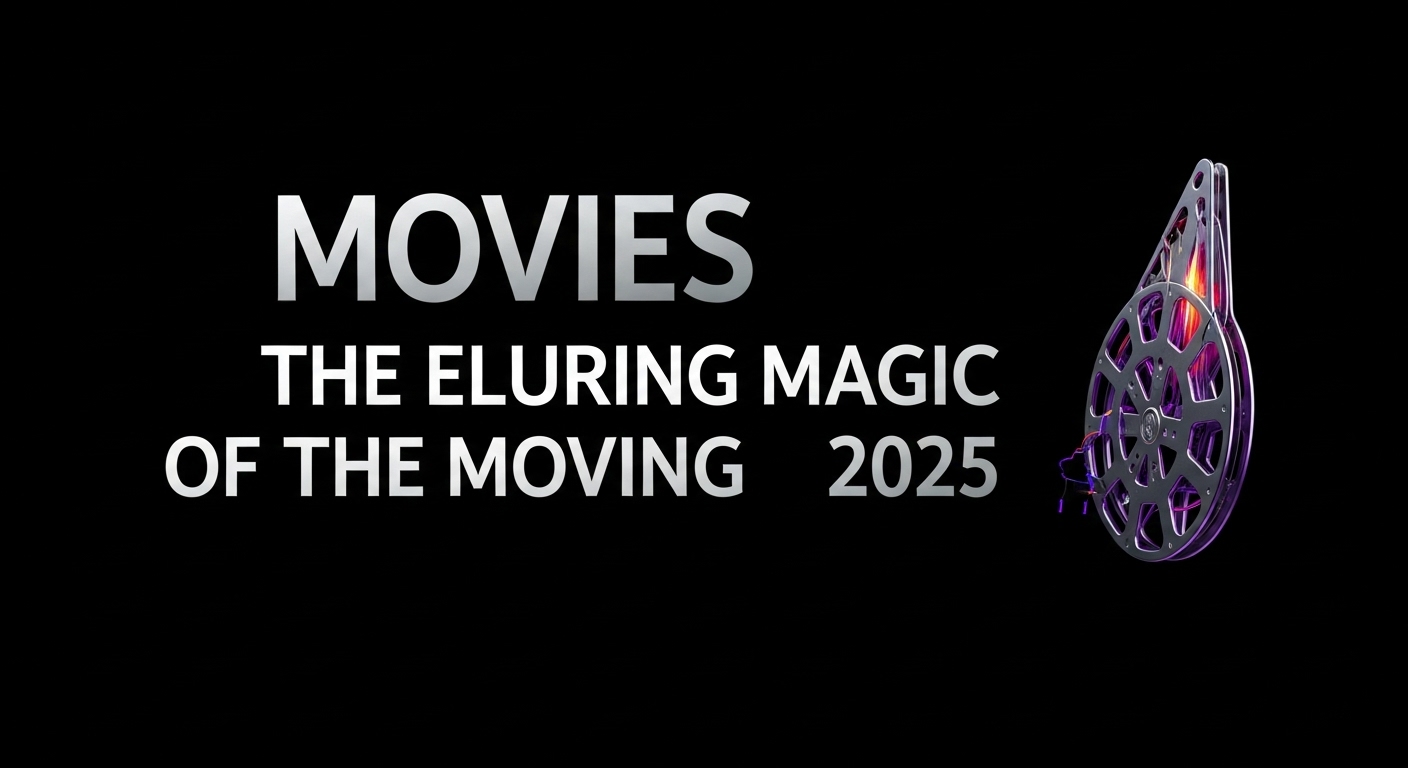Introduction to Fan Culture in Cinema
Cinema has always been more than just storytelling. It is an emotional connection, a shared experience, and a reflection of society. One of the most influential forces that shape the modern movie industry is fan culture. From passionate audiences attending midnight premieres to online communities dissecting every scene, fan involvement has evolved into a powerful cultural movement. Today, fans do not just consume movies; they actively participate in shaping them, influencing creative decisions, marketing strategies, and even the legacy of films. Understanding the impact of fan culture on movies offers a fascinating look at how entertainment has transformed into an interactive and collaborative experience.
The Evolution of Fan Culture
Fan culture is not a modern invention, though digital platforms have amplified its voice. Decades ago, fans expressed their admiration through fan clubs, magazines, and conventions. Science fiction films such as Star Wars in the late 1970s gave rise to organized fandom, where people dressed as characters, debated storylines, and collected memorabilia. Over time, these grassroots movements grew into massive communities that could influence Hollywood. With the internet, the accessibility of fandom expanded, making it possible for fans across the globe to connect instantly. Social media and forums transformed fan expression from small gatherings into global conversations that studios could not ignore.
The Role of Fandom in Movie Popularity
Fandom has the ability to make or break a movie. While critical reviews and box office numbers matter, fan reception often decides a film’s longevity. Cult classics are a prime example of how fans can turn box office failures into cultural treasures. Movies like The Rocky Horror Picture Show initially struggled but gained immense popularity because fans kept the experience alive through interactive screenings. Similarly, superhero franchises thrive largely due to devoted fans who fuel hype and excitement long before a film’s release. Fans create buzz, spread word of mouth, and give films cultural staying power far beyond their theatrical run.
Online Communities and Their Influence
One of the most significant changes in fan culture has been the rise of online communities. Platforms such as Reddit, Twitter, and fan forums allow audiences to discuss theories, predict plotlines, and share their opinions in real time. This creates a feedback loop where filmmakers often pay attention to the expectations of their audiences. Sometimes, studios even alter creative decisions because of overwhelming fan demand. Online movements like the campaign to release the “Snyder Cut” of Justice League prove how digital fan culture can pressure studios to respond. These communities act as powerful voices that shape narratives both on and off-screen.
The Power of Fan Theories
Fans today do not simply watch movies passively; they actively engage with the content through theories and predictions. Whether it is analyzing Easter eggs in Marvel films or debating alternate endings of science fiction sagas, fans enrich the cinematic experience with their interpretations. Filmmakers sometimes intentionally leave clues and mysteries to encourage this type of engagement, knowing it fuels excitement and keeps audiences invested. Fan theories often trend online, creating anticipation for upcoming releases. Even when theories turn out to be incorrect, they enhance the cultural conversation around films and demonstrate how deeply fans care about storytelling.
Fan Campaigns and Movie Production
Another major aspect of fan influence is organized campaigns. Fans have proven that their collective voice can impact production decisions. A notable example is the redesign of Sonic the Hedgehog in the 2020 live-action adaptation. After negative feedback on the character’s appearance, the studio delayed the film and redesigned the character to meet fan expectations. Similarly, fan petitions and movements have influenced casting choices, sequels, and even revivals of old franchises. The power of fan campaigns illustrates the changing dynamic between creators and audiences, where the audience has become a collaborator in shaping the final product.
Fandom and Movie Marketing
Studios have learned that engaging fan culture is one of the most effective marketing tools. Instead of relying solely on traditional advertisements, they now create interactive experiences, teasers, and social media campaigns that invite fans to participate. Trailers are often analyzed frame by frame by fans, creating free promotion as theories and breakdowns circulate online. Studios sometimes release exclusive content at fan conventions such as Comic-Con, knowing that fan communities will amplify the excitement. Marketing strategies that directly target fans not only boost box office sales but also create emotional loyalty that lasts long after the film’s release.
Fan Events and Conventions
Fan culture thrives in physical spaces as well, where conventions and fan gatherings bring communities together. Events like Comic-Con, Star Wars Celebration, and D23 Expo are not only celebrations of fandom but also essential parts of movie culture. Fans dress as their favorite characters, attend panels with filmmakers, and preview upcoming films. These conventions provide direct interaction between creators and audiences, reinforcing the idea that movies are collaborative cultural events. Studios use these platforms to gauge fan reactions and to build momentum for future releases, highlighting the mutual relationship between fandom and filmmaking.
Fan-Made Content and Its Impact
Beyond watching and discussing, fans also create their own content inspired by movies. This includes fan art, fan fiction, short films, and even video edits that go viral online. Such creations keep franchises alive between releases and expand their reach in ways studios cannot always control. While copyright laws sometimes complicate this relationship, many filmmakers embrace fan creativity as a sign of love for the source material. In some cases, fan-made projects gain recognition and inspire professional opportunities for their creators. This form of participation showcases how movies can spark creativity and expand into broader cultural expressions.
The Role of Nostalgia in Fandom
Nostalgia plays a significant role in fan culture, especially when it comes to movie franchises. Fans often rally around reboots, sequels, or revivals of films that defined their childhoods. Studios recognize this and frequently rely on nostalgia-driven storytelling to appeal to long-time fans. Whether it is bringing back classic characters, referencing iconic scenes, or remaking beloved films, nostalgia connects generations of audiences. Fans embrace these callbacks because they reaffirm their connection to the movies they grew up with, further demonstrating how fandom shapes what films get made and how they are received.
Fandom and Representation in Movies
Fan culture has also contributed to important conversations about representation in cinema. Fans have increasingly called for diversity in casting, authentic storytelling, and inclusive narratives. Social media has given marginalized communities a platform to express their need for representation, and studios have taken notice. Movies such as Black Panther and Crazy Rich Asians were celebrated not only for their success but also for the way they resonated with underrepresented groups. Fan support for these films demonstrated that inclusivity is not just socially important but also commercially viable, further shaping the direction of the movie industry.
Toxic Fandom and Its Challenges
While fan culture has many positive aspects, it also has its challenges. Toxic fandom, where individuals or groups express hostility toward creators or fellow fans, has become a growing issue. Harassment campaigns against actors, directors, or creative decisions highlight the darker side of passionate fan engagement. This negativity can harm the well-being of those involved in filmmaking and discourage creativity. Addressing toxic fandom requires balancing fan engagement with respect for artistic vision, ensuring that fans remain supportive without crossing into destructive behavior. Despite these challenges, the majority of fans contribute positively to movie culture.
The Symbiotic Relationship Between Fans and Filmmakers
The interaction between fans and filmmakers can best be described as a symbiotic relationship. Filmmakers create movies that inspire audiences, while fans provide feedback, enthusiasm, and cultural momentum that sustain franchises. This relationship has become increasingly collaborative in the digital age, where filmmakers sometimes tease projects directly to fan communities before official announcements. Fans are no longer passive consumers; they are stakeholders in the storytelling process. This dynamic has redefined the nature of cinema, making it a shared experience between creators and audiences.
The Globalization of Fan Culture
Fan culture is no longer limited to specific regions; it is a global phenomenon. Movies now reach audiences across the world instantly, and fans from different cultures engage with each other through online platforms. This globalization has expanded the influence of fandom, as international voices contribute to shaping the direction of films. Global fan bases have also encouraged studios to consider cultural sensitivity, diversity, and worldwide appeal in their productions. The global nature of fan culture ensures that movies are no longer just local entertainment but shared cultural events that unite audiences worldwide.
The Future of Fan Influence in Cinema
As technology continues to advance, fan culture will only become more influential in shaping movies. Virtual reality, augmented reality, and interactive storytelling will create new opportunities for fans to immerse themselves in cinematic worlds. Studios may increasingly involve fans in creative decisions through polls, beta screenings, or interactive campaigns. The line between creator and consumer will continue to blur, making fans active participants in the storytelling process. The future of cinema will be shaped by collaboration, where fan passion drives innovation and ensures that movies remain culturally relevant.
Conclusion
Fan culture has transformed movies into interactive cultural phenomena. From influencing casting decisions to driving marketing strategies and shaping narratives, fans play an essential role in the modern film industry. Their passion creates communities, sustains franchises, and pushes for representation and innovation. While challenges like toxic fandom exist, the overall impact of fans has been overwhelmingly positive, making cinema a shared cultural experience rather than a one-sided form of entertainment. As the relationship between fans and filmmakers continues to evolve, movies will remain not just stories told on screen but cultural events shaped by the people who love them most.



